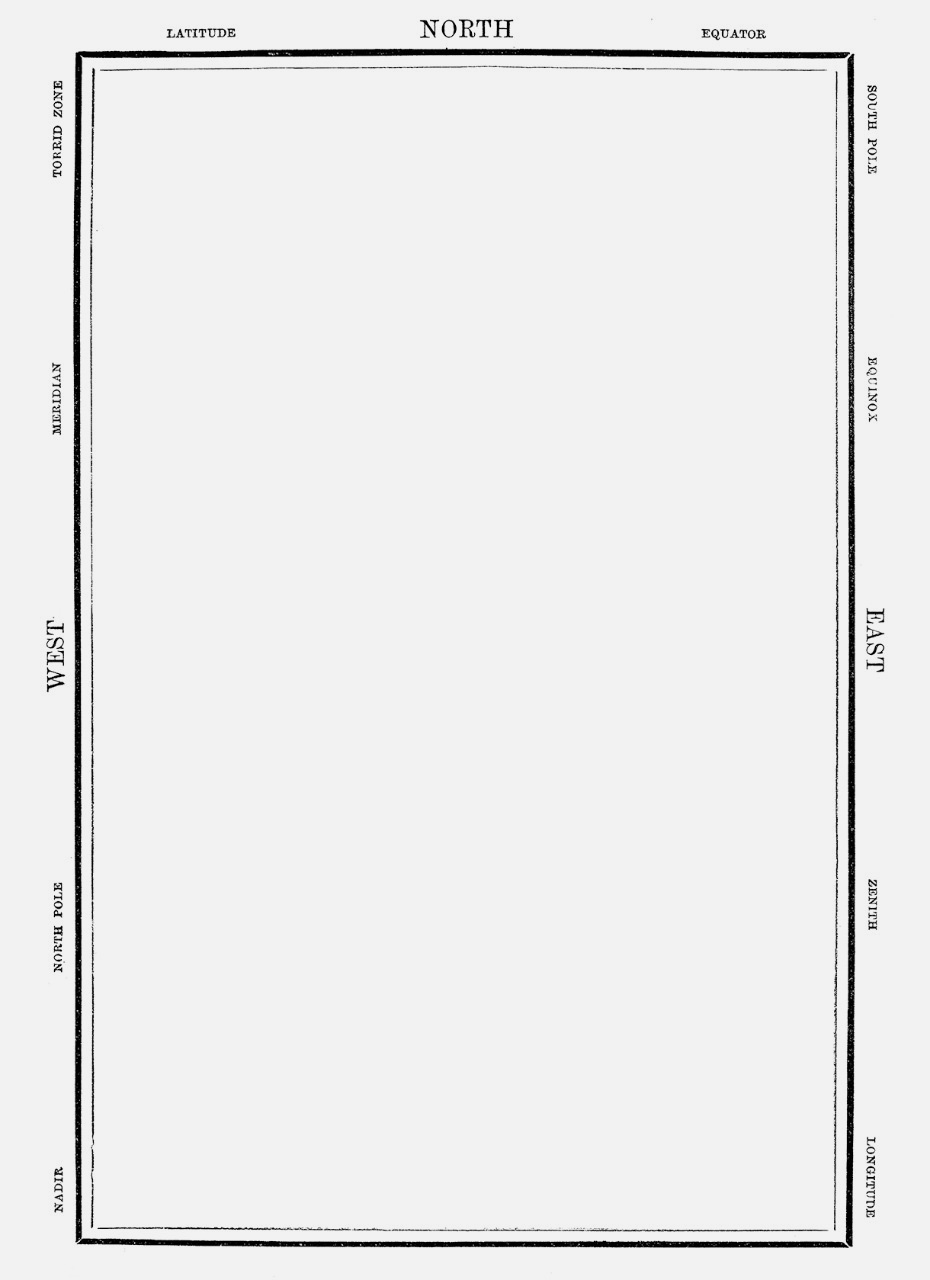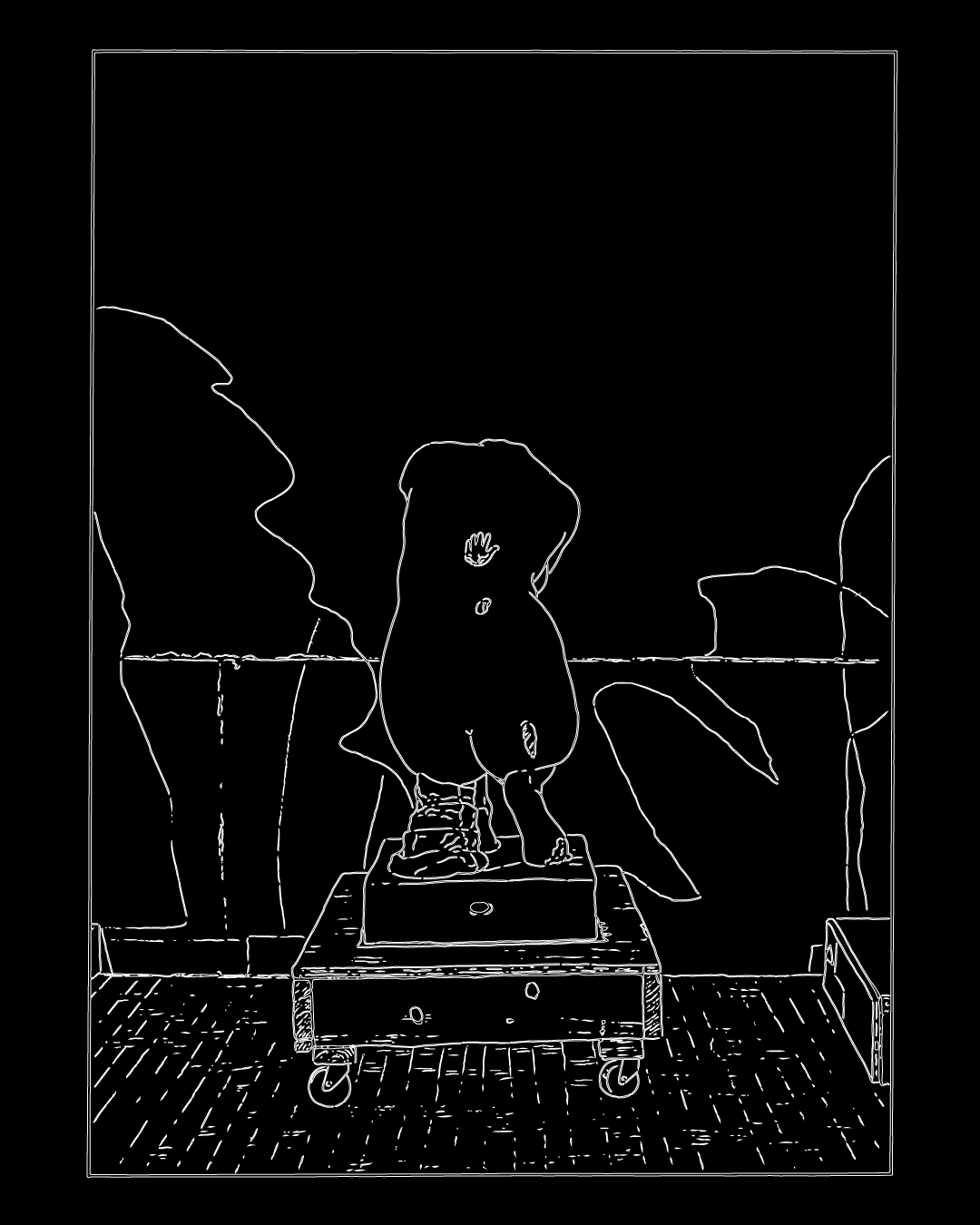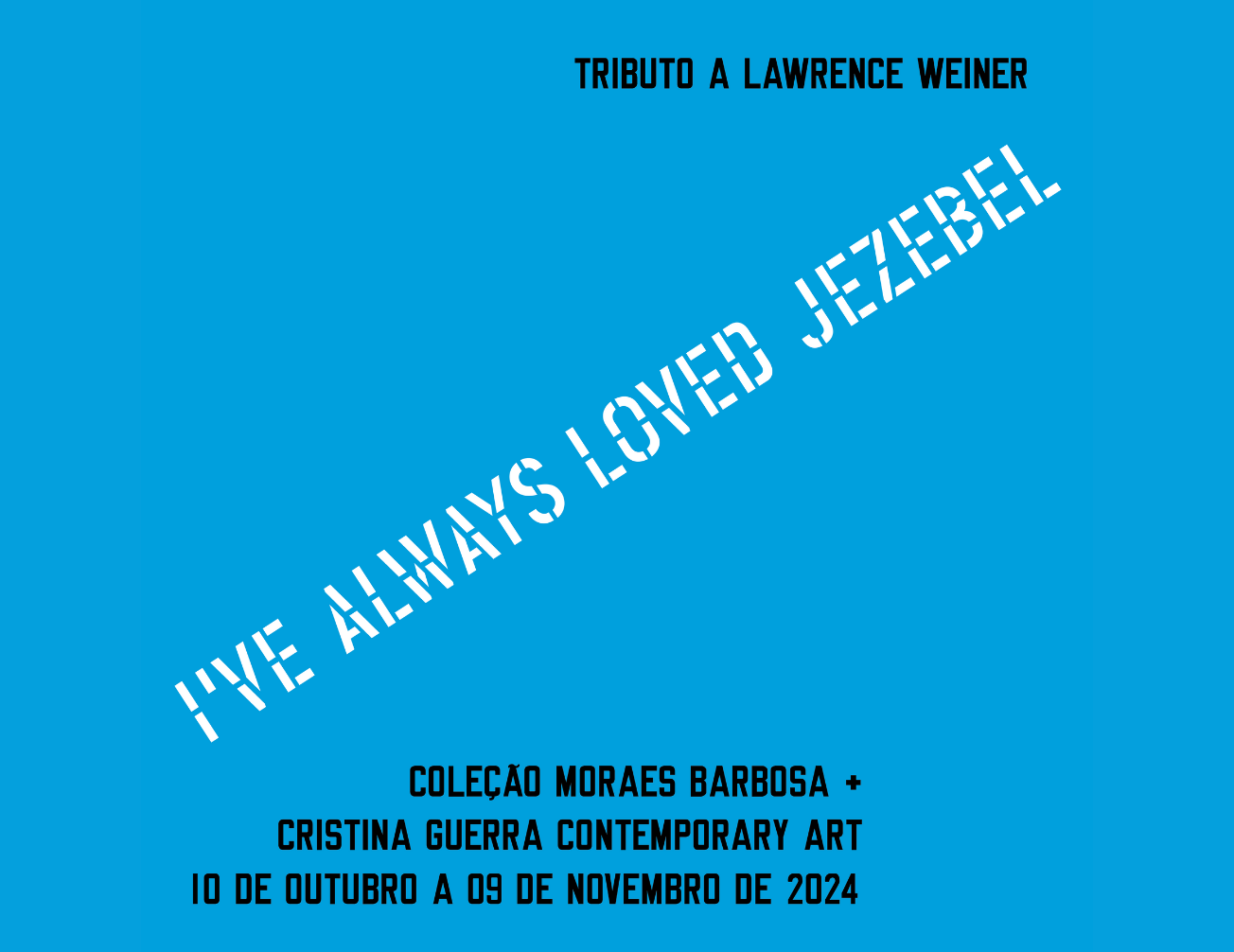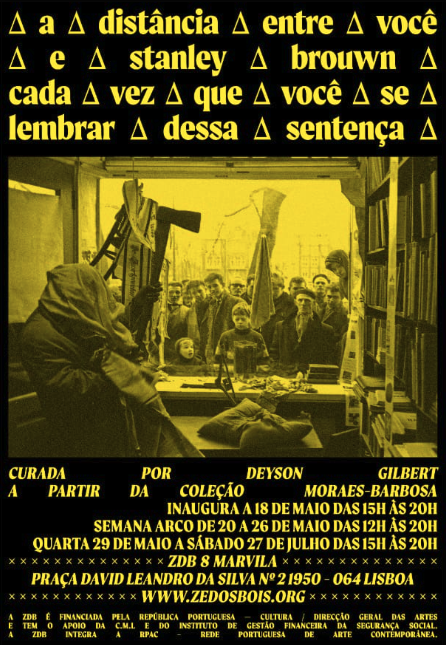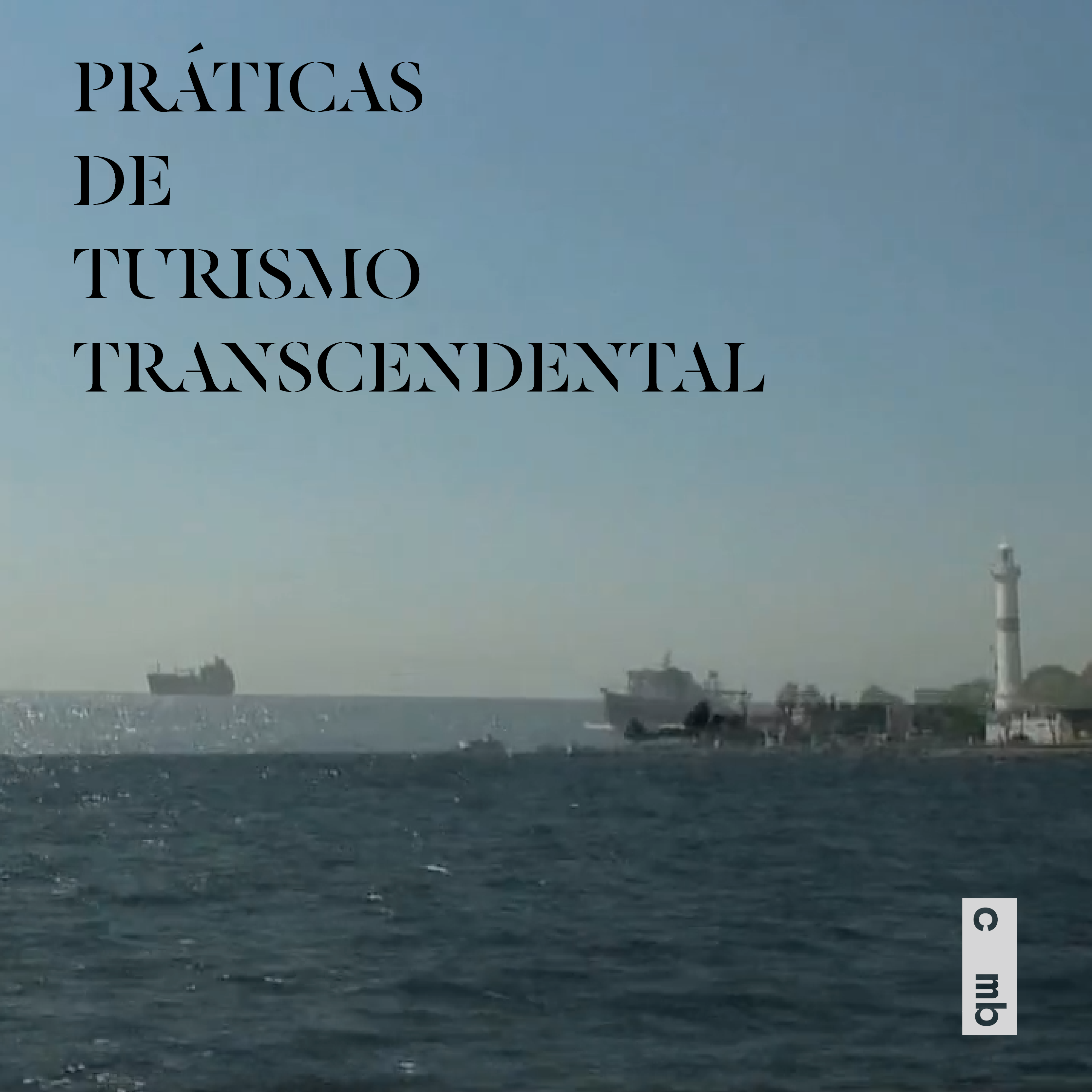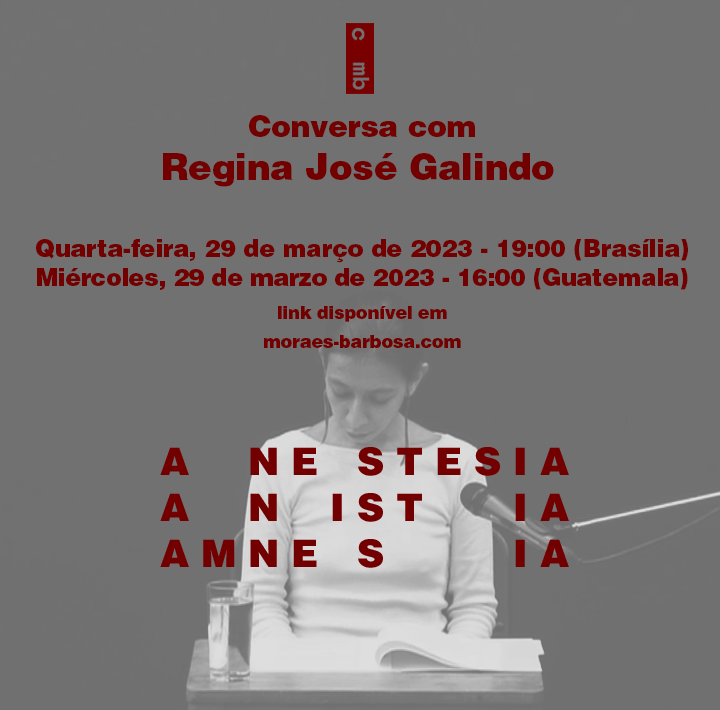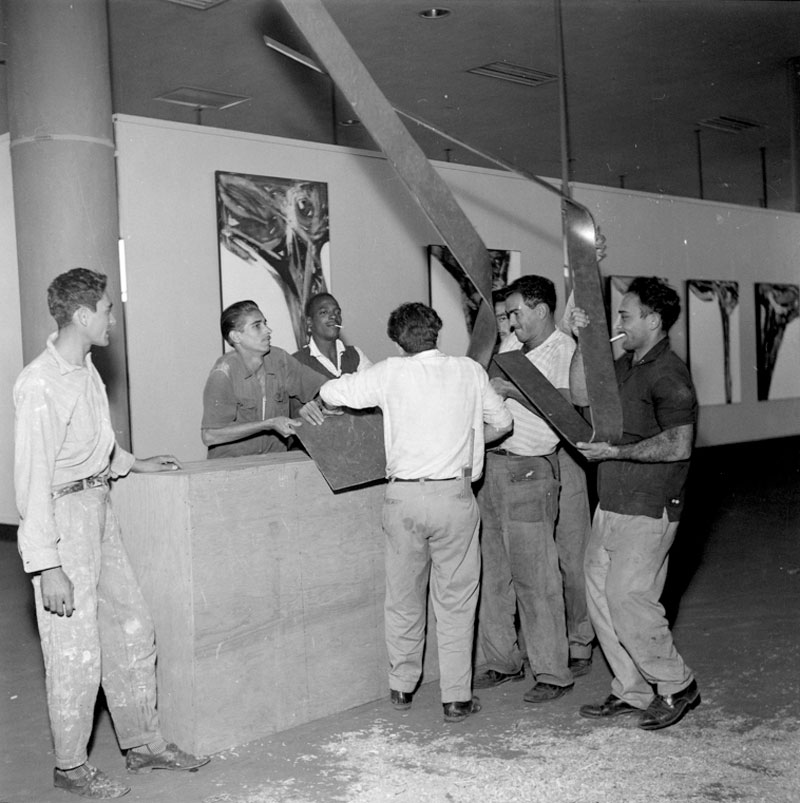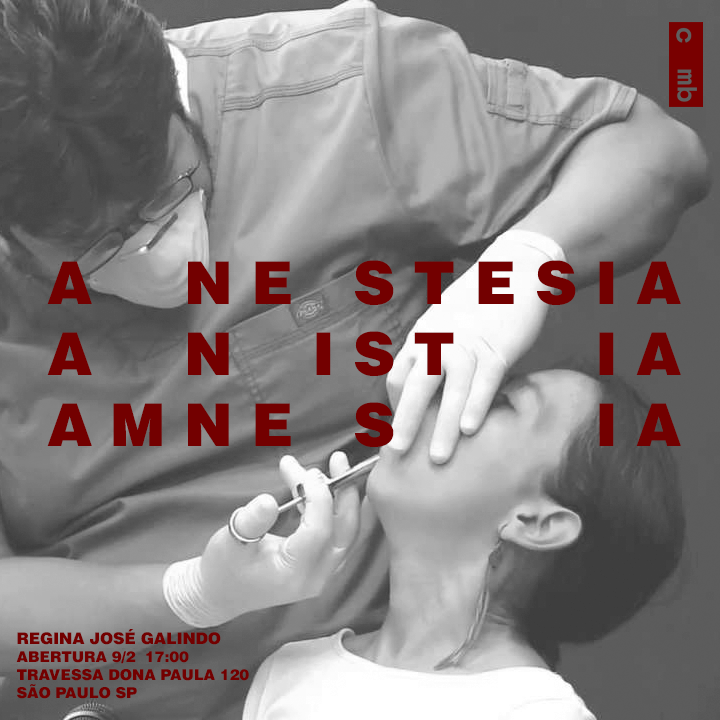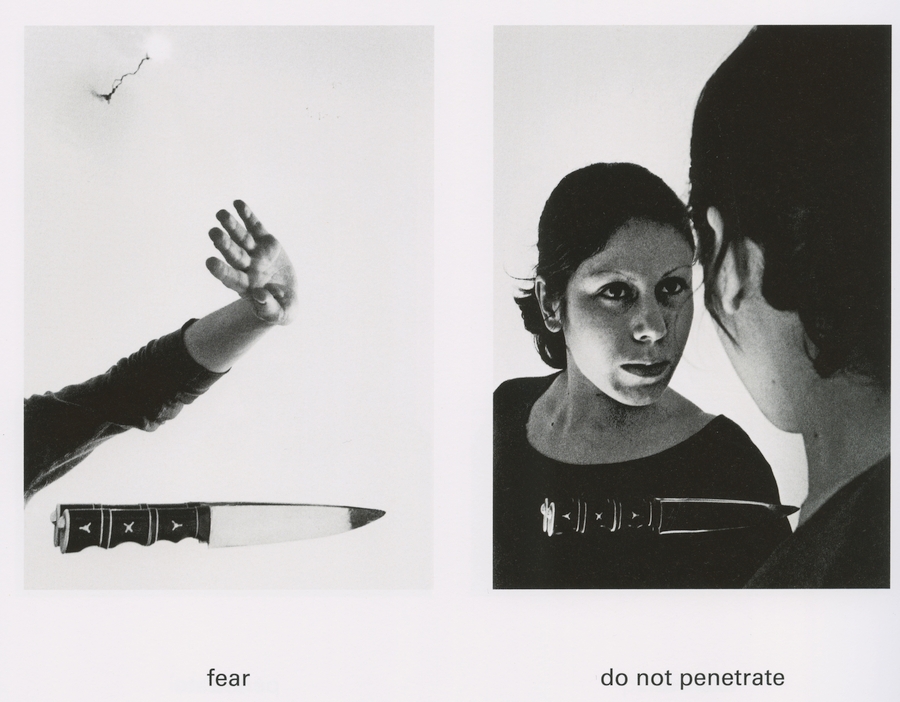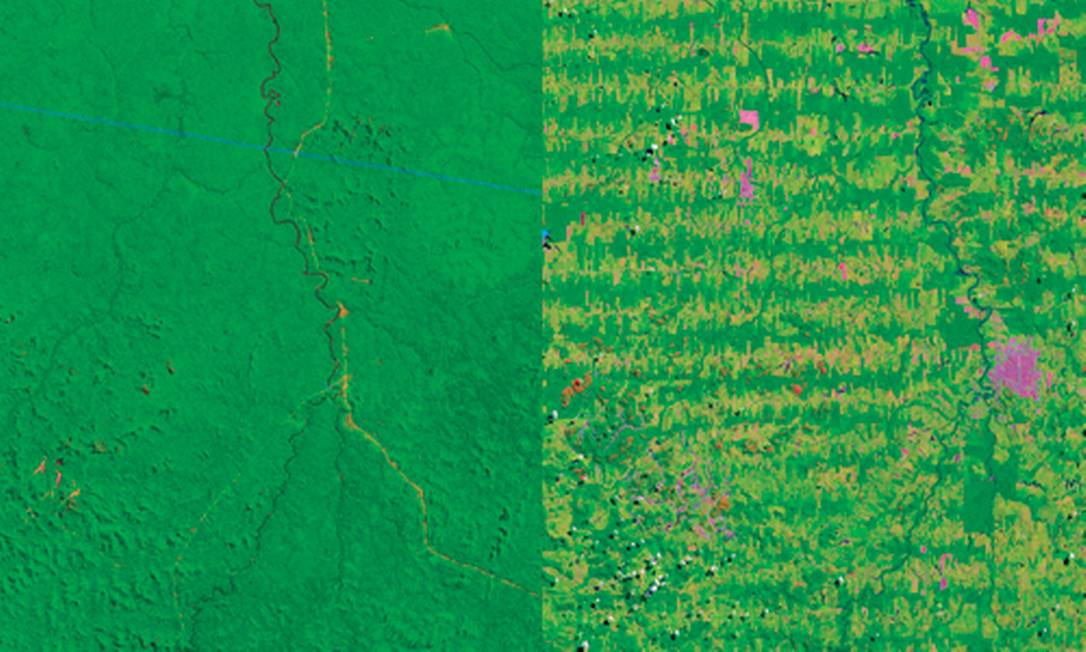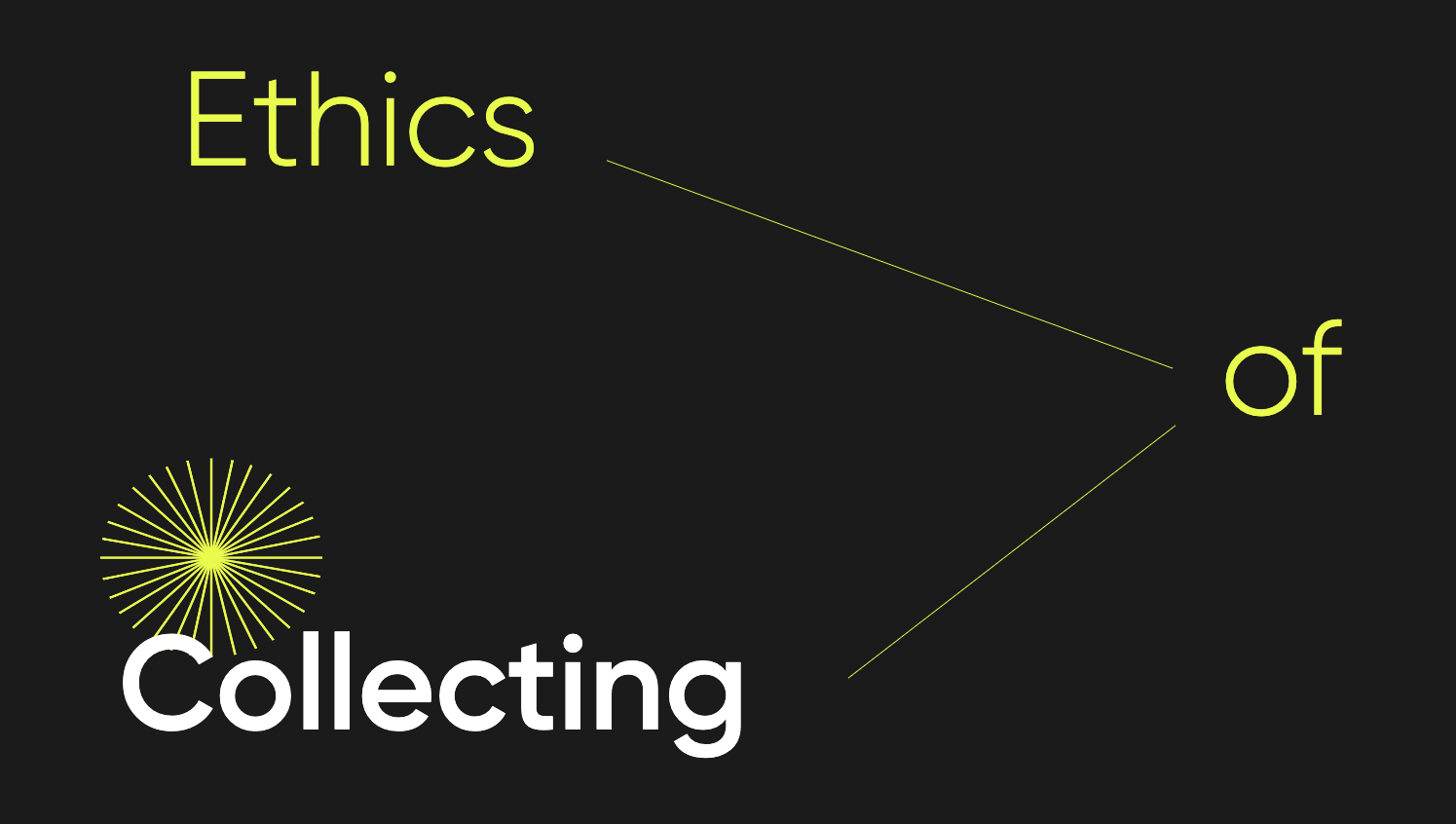

Nightfall
Aziz Hazara
curated by Leonardo Bigazzi August 30th to December 20th - 2025
Nightfall, Aziz Hazara’s first solo exhibition in Latin America, presents a series of works that draw on the material and psychological aftermath of decades of foreign occupation, cultural erasure and economic subjugation in Afghanistan. In his work, Hazara reveals a darkness that is not a setting but a condition.
A site of constant frictions and negotiations, where silence and noise, presence and disappearance, become strategies for navigating contested landscapes.
photograph of photograph of photographs of photographs or she wanted to know more about this
organizado with Pontogor & Joaquim Pedro
March 29th to June 29th
This exhibition presents to the public works by the North-American artist Louise Lawler and Brazilian photographer Mauro Restiffe. This selection is displayed in the space of the moraes-barbosa collection, opening dialogues and paths for reflection on two main axes: photography as a medium, beginning and end – or an idea of capturing and/or creating images – and also the recording of works by other artists, characterizing appropriation.
The moraes-barbosa collection occupies its space so that the "gaps" between the images (within the images) are open possibilities for questioning new perspectives, from what has already been observed and re-observed by these two artists with distinct perspectives and careers, who meet in dialogue in this exhibition.
Dial-A-Poem
Brasil
curated by: Marcela Vieira
January-March 2025
coleção moraes-barbosa presents the Brazilian version of Dial-A-Poem, one of John Giorno's most internationally renowned works. Curated by Marcela Vieira, the project brings together readings by 54 Brazilian poets, artists, researchers and writers. The focus of the curation and, consequently, the selection of guests, sought to investigate how contemporary voices from different origins, influences, regions, generations and styles imagine and reinvent a theme dear to Giorno, eroticism – and, by extension, language and sound performance.
Exhibition:
Sit In My Heart And Smile
curated by: Marcela Vieira
January-March 2025
Titled after one of John Giorno's works, the exhibition traces the journey of the word across various supports in Giorno's practice, including print formats, spoken word, sound poetry, performance, LP recordings, telephones, stickers, and other accessories. SIT IN MY HEART AND SMILE introduces Giorno's work to the Brazilian audience for the first time, featuring excerpts from interviews that contextualize the poet's artistic environment in 1960s New York, his peers, his activist stance, and his reflections on the experimentation of the word across diverse media.
Exhibition:
I’ve Always Loved Jezebel
org.: Thiago Tannous, Pontogor & Joaquim Pedro.
october 10th to november 9th - 2024
Common interpretations often describe Jezebel as the queen who dominates her husband, persuading him to do evil. These interpretations have been reassessed over time. Reflecting on the character, Lawrence Weiner did not align himself with simplistic views. He preferred to emphasize the ambiguity and possible divergences between subjective interpretations.
Exhibition:
Until We Became Fire and Fire Us
organized by Basel Abbas & Ruanne Abou-Rahme
Sept. 5th - Dec. 12th, 2024
The project is a mixed media installation with multiple channel sound and video. It formally explores the idea of hauntings in its aural and visual content and the way in which this material appears and disappears into a given space. Sometimes appearing as poetry from a dissonant voice, a broken melody or intense flashes of text and video, or an imprint from a forbidden land, a forbidden love.
exhibition: the distance between you and stanley brouwn each time you remember this sentence_zdb
org. deyson gilbert
opening september 2nd 2023, 11 a.m. to 7 p.m.
perhaps the first point would be to avoid a possible mistake: that of granting to the brouwnian invisibility a certain impervious body contour
as if its negativity could fatally carve in the air the bone of a transfigured aesthetic apparition
as if his image refusal should necessarily impose on our eyes the ignis fatuus of an aesthetic halo hypostasis
as if, by turning off the lights in a locked room full of live and dead cats, we could metaphysically scream, despite all the clotted blood:
yes! yes!
here all cats are brown!
s.a. talking about s.b. in an interview to d.g.
Exhibition:
fill in according to your own conceptions
the graphic experience of tomma wember, paul wember and johannes cladders
curated by Tina Merz
June 15th to august 17th 2024
Between the 1960s and 70s, artists, curators and gallery owners experimented with different ways of doing an exhibition, often using resources from the graphic territory. The usual catalog-document procedure was replaced by the circulation of the work itself, projecting the museum outside its walls through a portable exhibition, which could circulate around the world. The work-catalogs act as an open structure that resituated art and its relationship with the public, which through additions or subtractions were transformed by the hands of those who once owned it.
Exhibition:
Edival Ramosa
New Totemic Construction
org. André Pitol
23 de março a 01 de junho de 2024
“Son of an Indian father and a Black mother,” Edival Ramosa (1940–2015) is an unavoidable name in Brazilian geometric abstract production, alongside artists such as Almir Mavignier, Rubem Valentim and Emanoel Araújo. Present in the main Brazilian exhibitions dedicated to contemporary Afro-Brazilian art from the 1970s and 1980s, in addition to numerous international exhibitions, Ramosa now has a solo show that takes a new look at his work after two decades of hiatus: New Totemic Construction, curated by researcher and curator André Pitol, opens on March 23rd at the moraes-barbosa collection and reveals the potential that Ramosa sees in abstraction to create a racialized artistic space in contemporary art.
Constantly elaborated on the diasporic journey he took in life, Ramosa's spheres, columns, rainbows and comets are facets of a continuous study around geometries. This imaginary of “object-forms,” valuing colorful gradations and geometric variations, materializes in the sculptures, silkscreens, projects and spheres that make up New Totemic Construction.
Exhibition:
Transcendental Tourism Practices
org. Rosângela Rennó
January 31 to March 10th, 2024
“When traveling to a place, the transcendental tourist invokes knowledge and memories — personal, borrowed, ancestral, in short, of any kind that actively contaminates their own experience, without the expectation of a goal to be achieved. It is auspicious to add data and experiences relevant to other peoples and places to a landscape, building delicate, multidirectional bridges, allowing new mental crossings. In theory, if the view is prospective, it works as if, when contemplating and recording the sea, he/she was more concerned with demonstrating that that blue immensity is the same that touches all the beaches in the world. In the opposite and retrospective way, it would be like looking at a rolled pebble trying to map, on its surface, all the stones scattered around the world born from the same rock. In practice, the camera's focus must be both precise and diffuse, while the writing lays the foundations of the journey whose beginning and end are less important than the middle. However, none of this can be converted into a formula or method: each experience is unique and each one, a new invitation to the imagination of possibilities, beyond the visible spectrum, far beyond the material world.”
Rosângela Rennó, 2016/2024
Tela plana [Flat screen] – group show by Jimmie Durham & Maria Thereza Alves, Cinthia Marcelle and Jacolby Satterwhite
org. aarea.co
from october 24th until december 4th, 2023
Flat screen is a group show that aarea has programmed based on three works from the moraes-barbosa Collection. Over the course of sixty days, videos by the duo of Jimmie Durham & Maria Thereza Alves, the Brazilian artist Cinthia Marcelle and the American artist Jacolby Satterwhite will be shown. Aarea will show one work at a time: from October 24th to November 6th 13, Rue Fenelon (1995), by Jimmie Durham & Maria Thereza Alves; from November 6th to November 20th Ao plano (2010-2011), by Cinthia Marcelle; and from November 20th to December 4th Reifying Desire 4, by Jacolby Satterwhite. For the exhibition, an essay was commissioned from the artist and researcher Maura Grimaldi, who explored possible relationships that can be traced between the works. Maura Grimaldi's essay can be read here.
This is the first time that aarea programmes a video show and Flat screen sets out to explore its own exhibitive format. The three works, in different ways, provoke the materiality of the support, thus allowing us to consider the screen as a mediating device through which we access them on aarea.
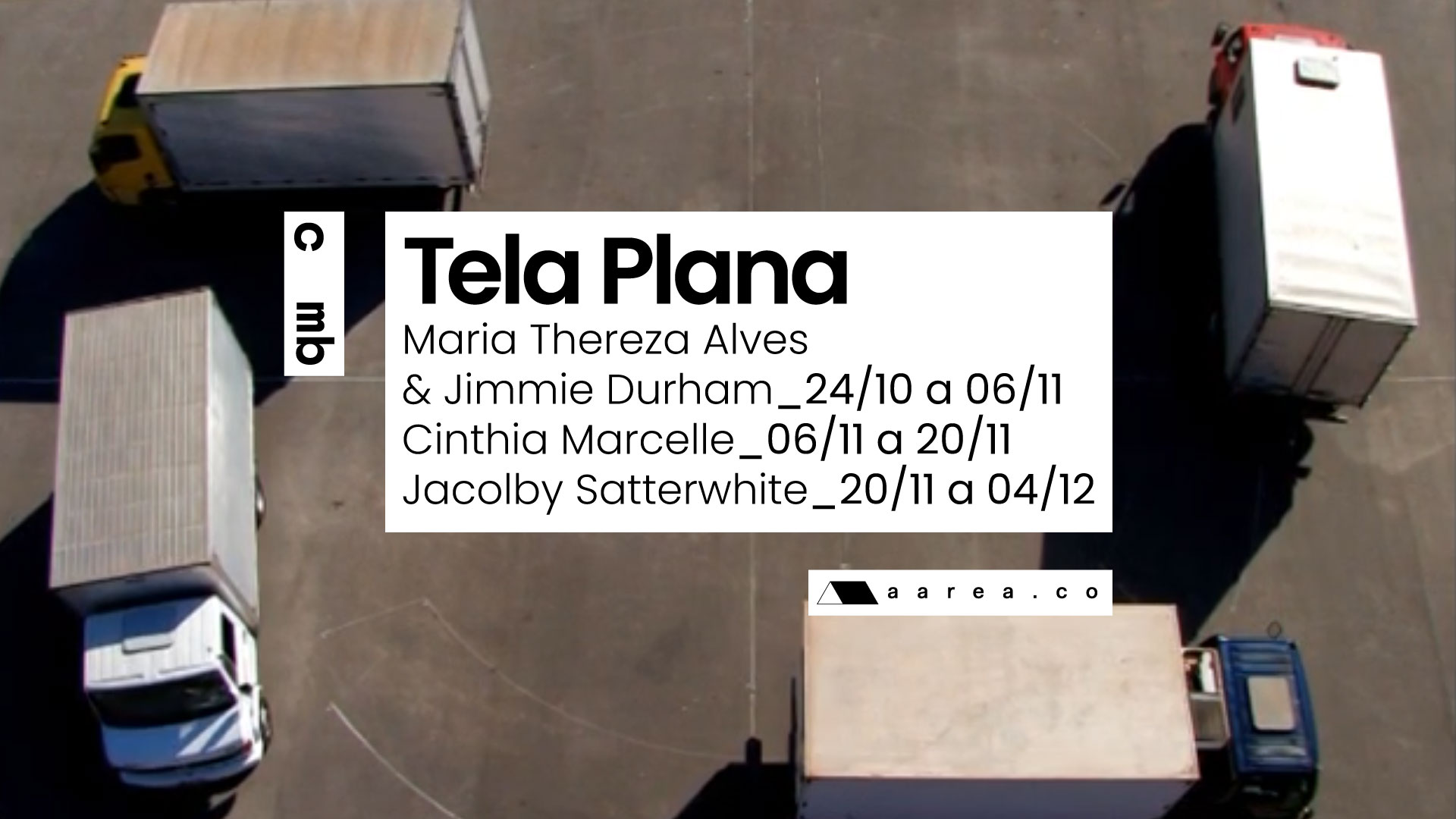
exhibition: the distance between you and stanley brouwn each time you remember this sentence
org. deyson gilbert
opening september 2nd 2023, 11 a.m. to 7 p.m.
perhaps the first point would be to avoid a possible mistake: that of granting to the brouwnian invisibility a certain impervious body contour
as if its negativity could fatally carve in the air the bone of a transfigured aesthetic apparition
as if his image refusal should necessarily impose on our eyes the ignis fatuus of an aesthetic halo hypostasis
as if, by turning off the lights in a locked room full of live and dead cats, we could metaphysically scream, despite all the clotted blood:
yes! yes!
here all cats are brown!
s.a. talking about s.b. in an interview to d.g.
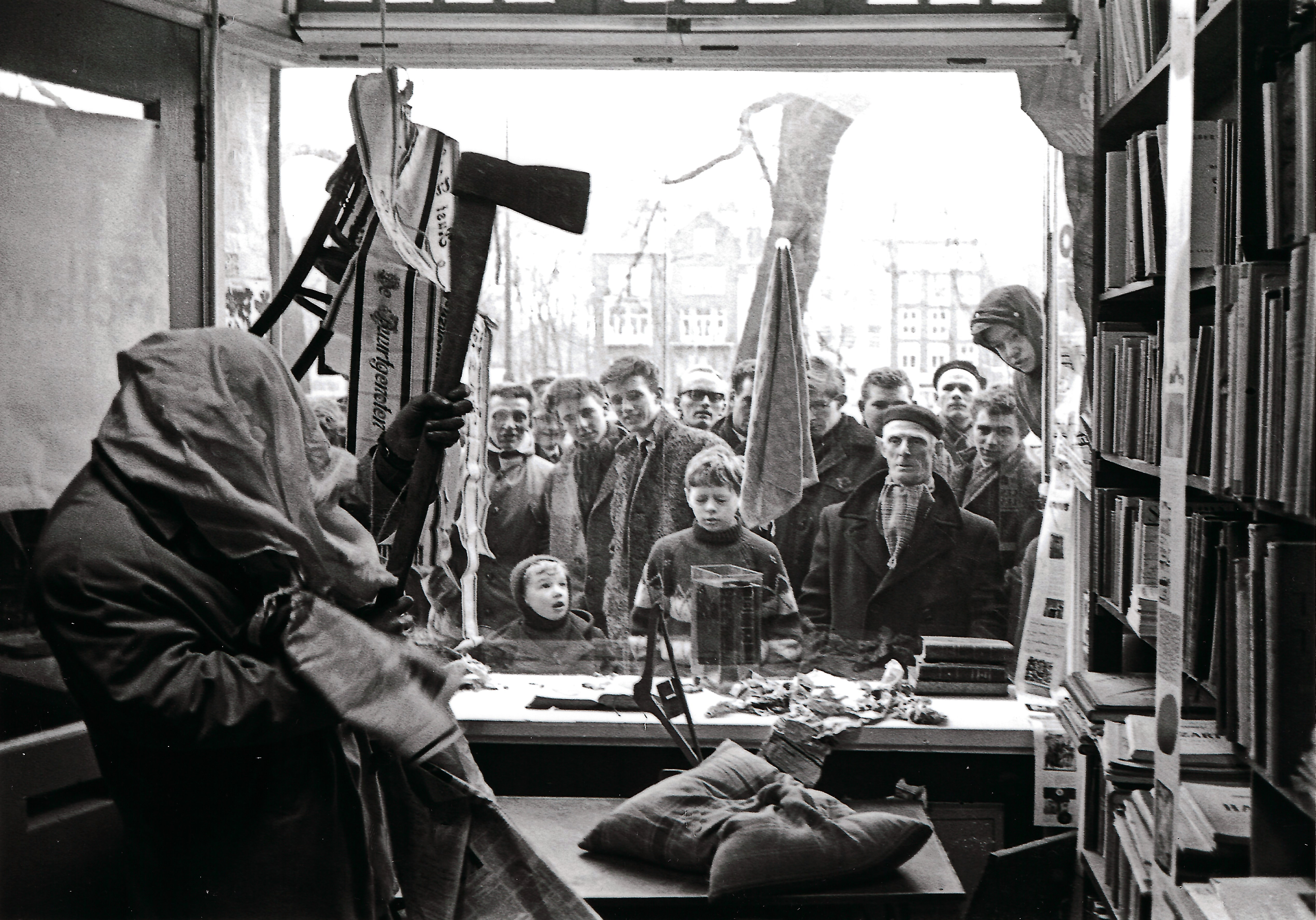
Event:
Robert Smithson: Artforum,
1966-73
read by Carlos Fajardo
june 21st, 2023
wednesday, 6:30p.m.
Galeria Marcelo Guarnieri
Alameda Franca, 1054
São Paulo
As part of the exhibition Forse che sì, forse che no / Talvez sim, talvez não Antônio Ewbank and Wallace V. Masuko invite Carlos Fajardo to a reading of Robert Smithson: Artforum, 1966-73. The book gathers Smithson's texts published in Artforum magazine and highlights the importance of the graphics of the artist's writings for the debate on his production from the 60s onwards.
Antônio Ewbank, a visual artist, and researcher, has dedicated himself to translating Smithson's written work, taking into account aspects such as the design of the texts, the use of images, the typography, and the context in which these magazines circulated. The book's graphic layout is by artist Wallace V. Masuko. The option for a facsimile edition, or exactly like the original, is linked to the impossibility of separating the verbal and the visual in the artist's work and indicates a critical perspective of translation.
The publication, launched by Editora Ébria, was supported by the Holt/Smithson Foundation and the moraes-barbosa collection.
The book can be purchased on June 21st during the activity, at the exhibition at cmb or at Editora Ébria.
_____
The exhibition Terra-Palavras (org. Antônio Ewbank and Wallace V. Masuko) will remain on display until August 5th, 2023
Travessa Dona Paula, 120 - São Paulo - SP, Wednesday to Friday, from 1 pm to 7 pm, Saturdays from 11 am to 7 pm.
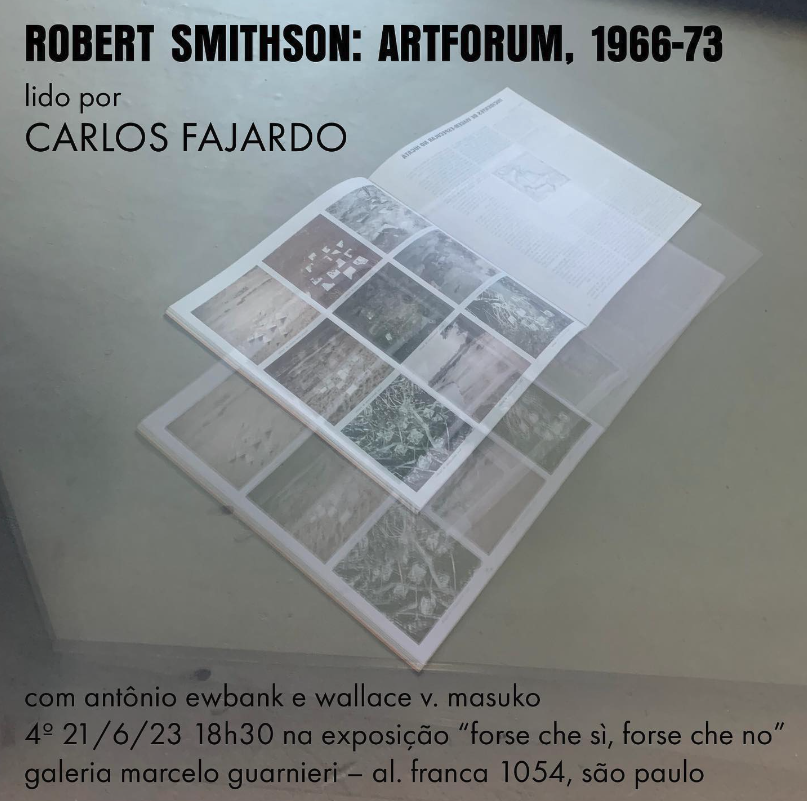
Event:
Art and anesthesia: image and absence at the abyss of high mechanical reproduction
Friday the 19th of may at 2:30pm, Cris Ambrosio and Deyson Gilbert
will present “art and anesthesia: image and absence at the abyss of high mechanical reproduction”- coleção moraes- barbosa - at the Colégio das Artes, Universidade de Coimbra. Free admission.
Colégio das Artes
Apartado 3066
3001-401 Coimbra
Portugal
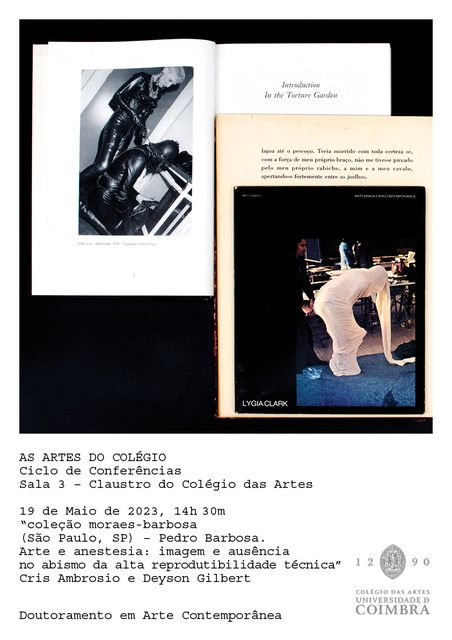
Exhibition and newly published translation
EARTH-WORDS, Robert Smithson: Artforum 1966-73
org. Antônio Ewbank and Wallace V. Masuko
opening on may 6th 2023, 11 a.m. to 7 p.m. visits until august 8th 2023
Robert Smithson's sculptural language is not limited to objects commonly found in museums and galleries, nor to large-scale projects that explore large spaces outside urban centers. It also links his textual production, published mainly in North American art magazines in the 1960s and 1970s. With the support of the Holt/Smithson Foundation and the moraes-barbosa collection, Robert Smithson: Artforum 1966-73 is launched on the occasion of the 50th anniversary of the artist's death, containing all the texts published in that magazine, and for the first time, in a fac-simile translation. Simultaneously, the exhibition Earth-Words [Terra-palavras] addresses Smithson's sculptural thought process with a set of graphic pieces that are part of cmb.
The publication can be purchased directly from Editora Ébria, or at cmb: Travessa Dona Paula, 120 - São Paulo - SP, wednesdays to fridays, from 1p.m. to 7p.m., saturdays from 11a.m. to 7p.m.
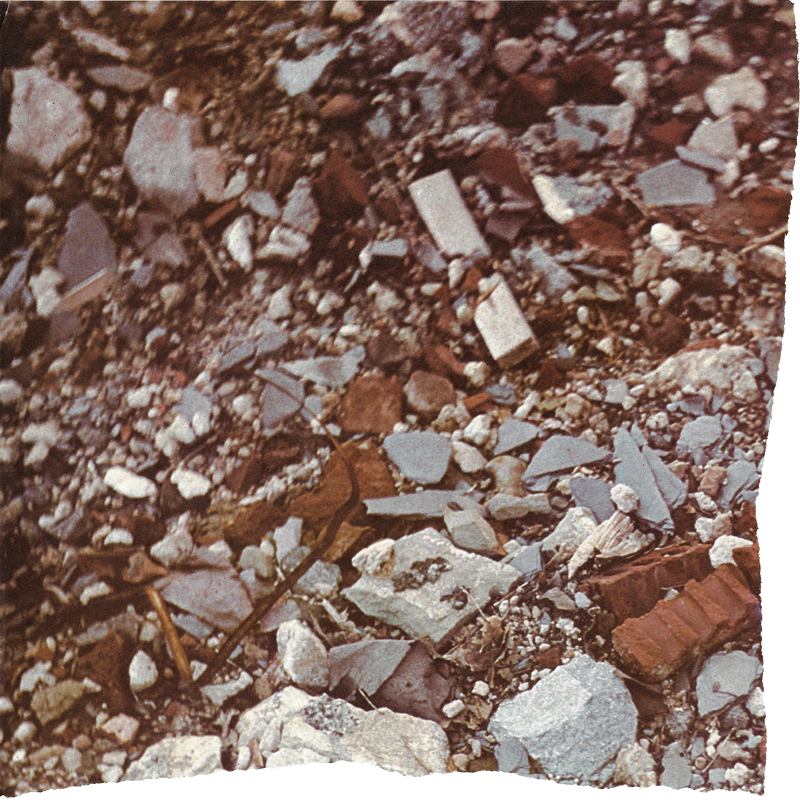
Pedrosa's proposal for the 6th Biennial sought to remove the works of contemporary artists from the specialized isolation of modern art museums, then in vogue. By ending specialization, he contradicted the traditional historiography of art, which imposed on certain works and objects the label of “predecessors”: Aboriginal, Hindu, Baroque and the European 1800s, and Latin American art seem to ricochet in the photos of the construction of Brasília, in Alicia Penalba's bronzes, in Lygia Clark's Critter.
Exhibition:
ANESTESIA, ANISTIA, AMNESIA: Regina José Galindo
org. Cris Ambrosio and Pontogor. With presentation by Tom Nóbrega
Program of Texts: Of glass. Why does it not recoil, or die?
Laila Terra
It is necessary to understand more than the elementary set that makes the Farnsworth House an aesthetic sign. It is necessary to enter the historical context of the language that encompasses this specific sign, because every language is consigned to a certain time and space. It is necessary to identify the discourse ascribed to the house and to the characters who occupied it in the different situations. Who was Mies van der Rohe when he was hired by Edith, and what were the enunciations concerning him? Who was Edith Farnsworth, the contractor, and how was she represented by history (from 1940 to 2020)? When was the house designed and where? What are the constructive elements proposed by Mies? What was Edith's reaction after the house was finished and what did that entail? And, finally, what happened to the house over time (from 1951 to 2020)? Finally, with these data, we can confront the discourses.
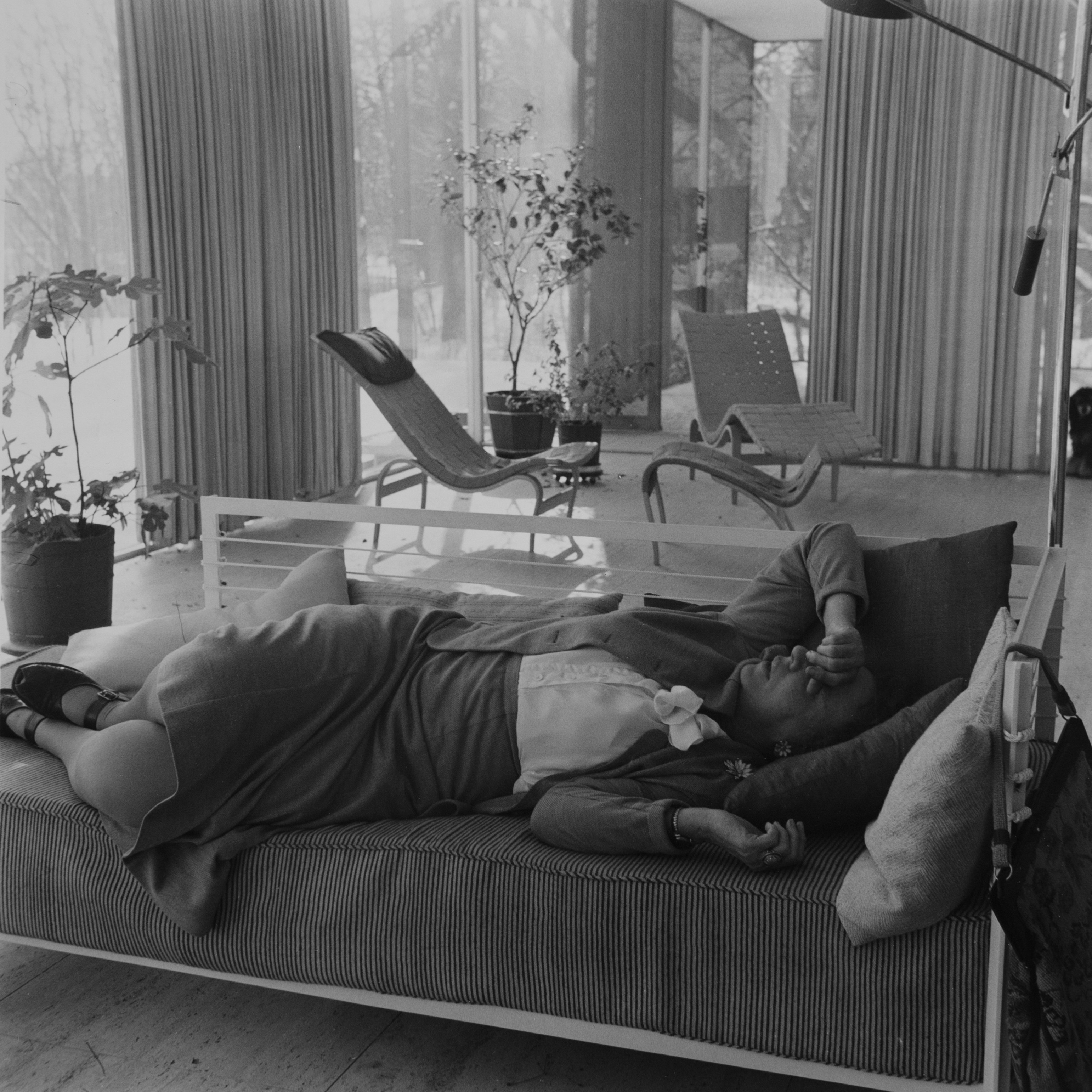
Exhibition:
The Bargain
Khadyg Fares (org.)
The exhibition presents
works whose common ground are clashes inherent to the asymmetry of
forces, for agreements permeated by tension, in which images, memories,
gestures and sounds are disputed. The gathered artworks and materials
express power dynamics, repetitions and bargains, and bear marks of an
internal and external colonialism.

Program of Texts: The fire between past and future
Nathalia Colli
Five hundred and forty-nine thousand people killed by the coronavirus in Brazil, the dollar rate continues to rise, millions of unemployed and millions of homeless have can be counted. Central headline “Statue of Borba Gato is set on fire in the south of São Paulo, two were arrested”. This is a screenshot of a newspaper page from July 24, 2021. Nobody was hurt. Except the two prisoners. The blacks.
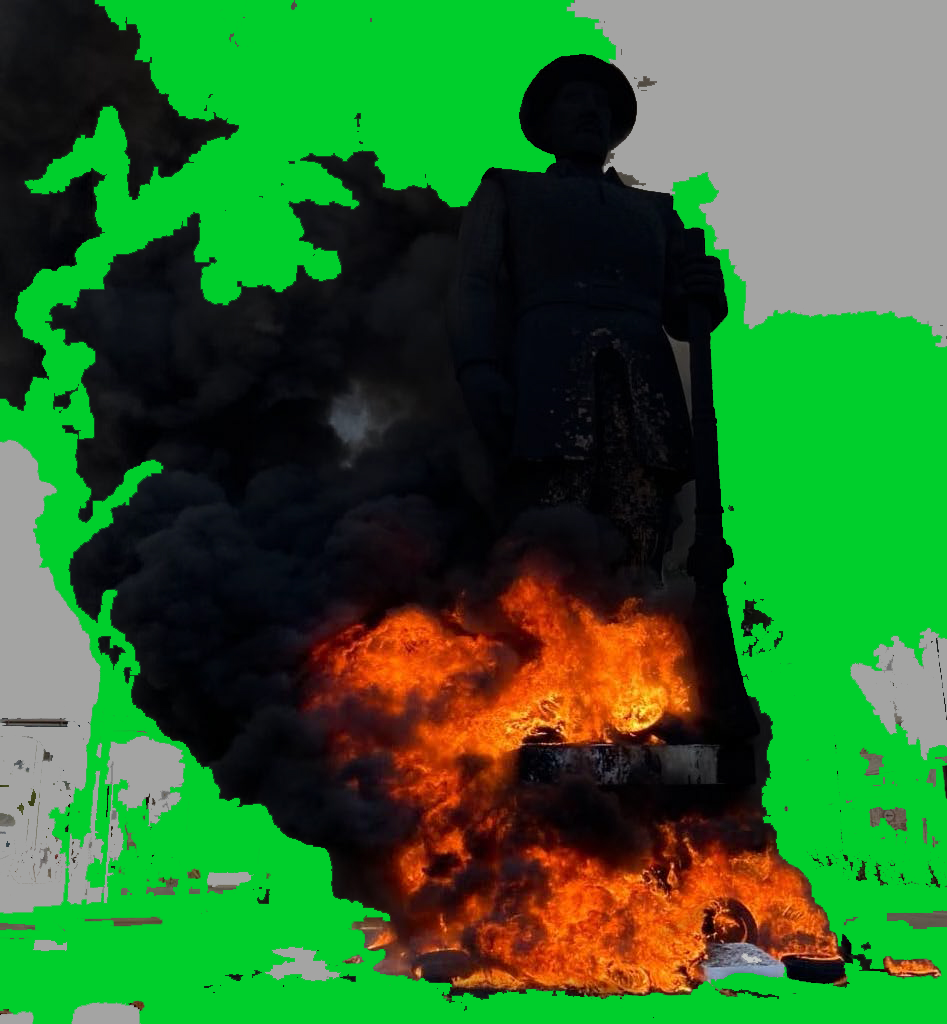
Program of Texts: The reflection of the knife
Caio Bonifácio and Renata Masini Hein
The gesture of refusal and the expression on Iole's face when facing her reflection in the mirror demonstrate an eloquent confrontation with her own body - a closed body, as if imposing, to a repression. The hardness of an armor of emphatic refusal, of a body that confronts at the same time that it retreats. The knife is ambiguously a symbol of violence: it is just an instrument, which, depending on who wields it, is capable of repressing or releasing.
Exhibition: 4 videos by Leslie Thornton
org. Cris Ambrosio, Deyson Glibert, Frederico Filippi and Pontogor
A warp of voices, images, overlapping accounts and descriptions, ethical crossroads and scientific meditations appear in the production of American artist Leslie Thornton since its beginnings in the 1970s. This exhibition, whose title comes from the first film in the 'Peggy and Fred in Hell', covers works from different moments in Thornton's career and focuses on the experimental ‘There was an Unseen Cloud Moving’ (1988).
Program of Texts: “Avoid the North American part because there is only television, you hear?”
Cássia Hosni
The inclusion of moving images into the exhibitions of the São Paulo Biennial in the early 1970s can be seen as a setting of technical, aesthetic, and geopolitical conflict. Such conflicts proliferated due to the very model adopted by the event (and abandoned only in 2006, in its 27th edition), which was based on national representations wherein the invited countries pay for the transport of works and equipment—and therefore have the final word on what will be displayed.
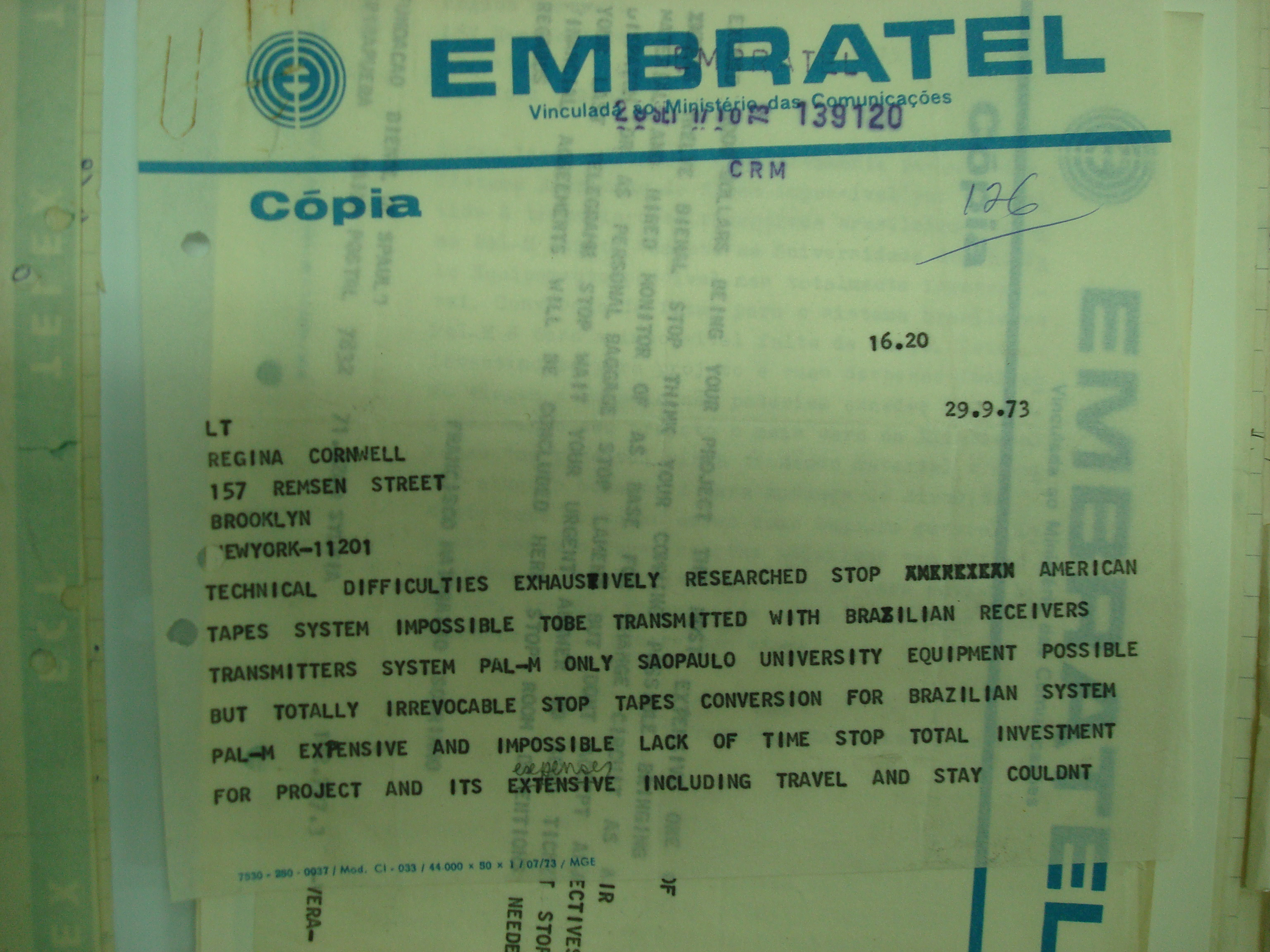
Exhibition: Horror Vacui
Pontogor (org.)
The moraes-barbosa collection presents the exhibition Horror Vacui, organized by the artist and collection’s former fellowship holder. The exhition presents itself as an unfolding development of Pontogor’s research results in the collection’s archive, investigating the different renderings of emptiness in art.
“The desire to see is thus diverted into an invitation to act; the relations between what and how is being represented coalesce in the production of a subjectivity in making.”*
*excerpt from the text 'The Blind Viewer' by Helena Vilalta.
Program of Texts: Creation and care in mixing vibrating/material bodies
jialu pombo
The intertwining between life and death that Lygia talks about is what I call the expression of vulnerability-force: there is a force present in an embryo that carries potential information of life, and for such a life to come into existence, whatever carries it needs to open its hand to its form, reach the height of its vulnerability, and blend in to germinate something else.
Program of Texts:
Arc
Frederico Filippi
While in the late 1960s artists are isolating themselves in the North American deserts, tractors and backhoes are opening immense trenches in an absolutely humid territory, where you can't see the horizon with your feet on the ground, maybe not even three meters ahead, and yet it's considered infinite.
Ethics of Collecting:
c mb
The moraes-barbosa collection is co-founder of the Code of Conduct for Contemporary Art Collectors. The initiative aims to set ethical duties for those who own artworks towards such artworks, their authors, and the professional environment surrounding them.
Click to access Ethics of Collecting.
Exhibition: Possession State: notes for an aesthetic of torture
19/11
Cris Ambrosio & Deyson Gilbert (org.)
𝘧𝘰𝘳 𝘢 𝘥𝘦𝘧𝘪𝘯𝘪𝘵𝘪𝘰𝘯 𝘰𝘧 𝘵𝘩𝘦 𝘤𝘰𝘯𝘤𝘦𝘱𝘵 𝘰𝘧 𝘱𝘰𝘴𝘴𝘦𝘴𝘴𝘪𝘰𝘯:
In a strict sense, ideological drama established in the field of conscience by the conflict of one or more entities that claim, all at once, control over the same countenance. In a dilated form, a crossroaded category: a spiritual path of beings butchered by the historical and political blades of the territories, bodies, and symbols (demonology of weights, wills and the owned). In a direct puncture: misalliance and fractured conciliation between images, things, and inclinations. In essence: the exorcism of the eyes against the sweat of the hands and the drool of the assholes.
This November, cmb will launch its new space with a showing of part of its archive and collection.
Research:
1st cycle
c mb
For 6 months, Antônio Ewbank, Bruno Baptistelli, Erica Ferrari, Pontogor and Tom Nóbrega received a research grant to develop their work in intersection with the moraes-barbosa collection’s archive.
